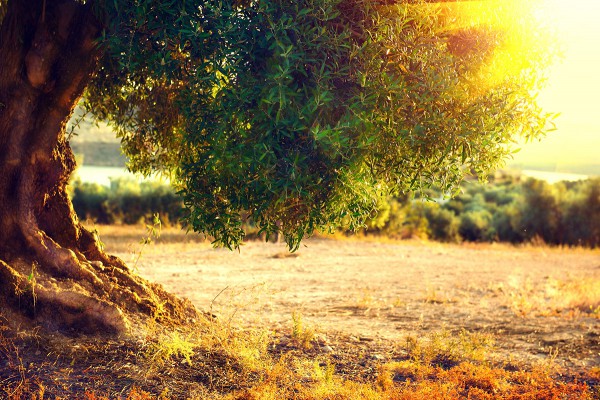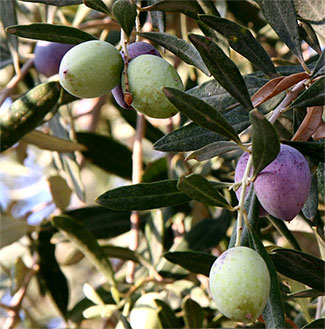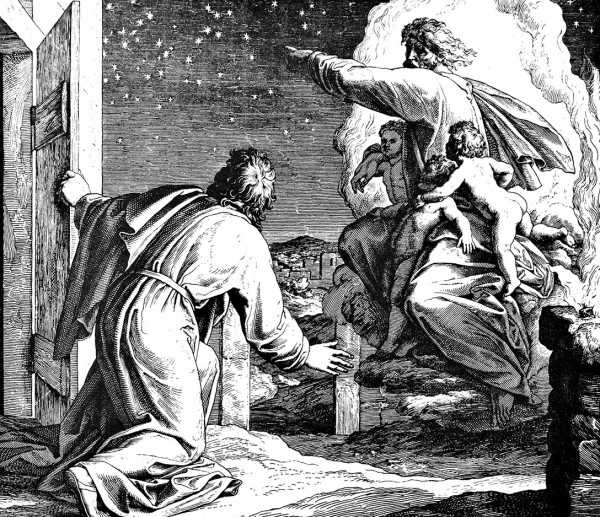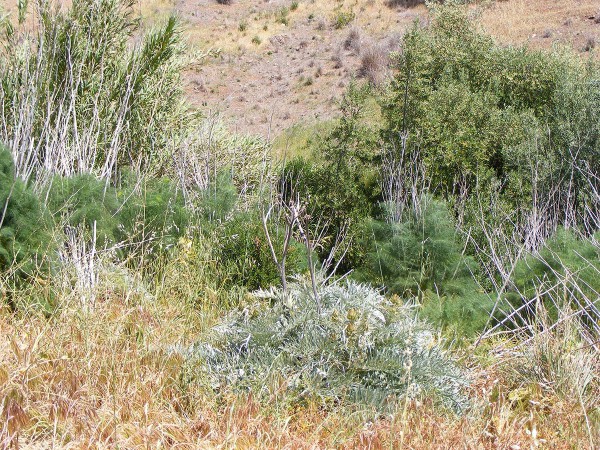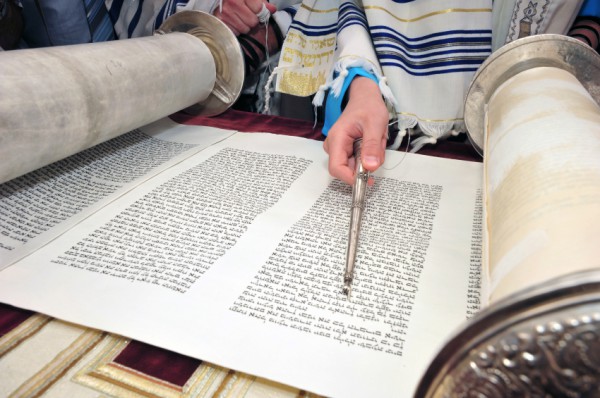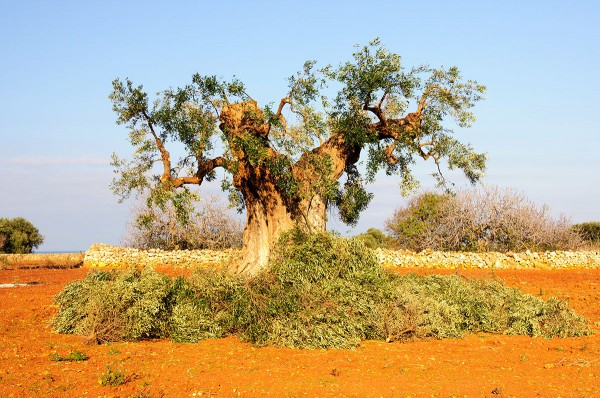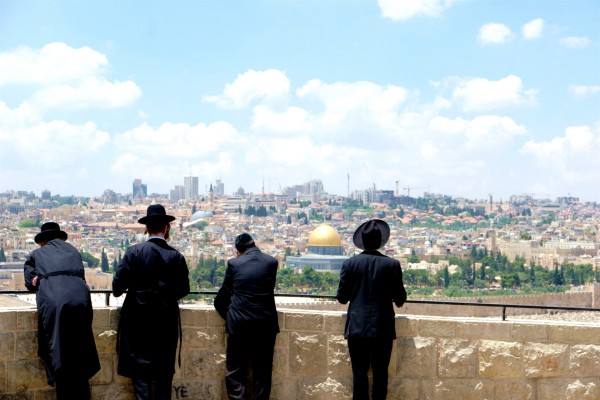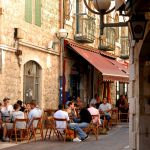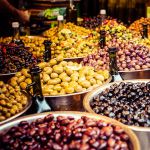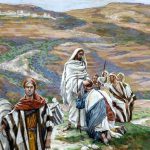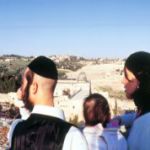“Abraham will surely become a great and powerful nation, and all nations on earth will be blessed through him.” (Genesis 18:18)
Naturally speaking, one tree produces one kind of fruit (Genesis 1:12). But Sam Van Aken of Syracuse University overrode the natural when he grew forty different kinds of fruit on a single tree.
He did this through a natural process called tree grafting in which, a branch from an orange tree, for example, is transplanted (grafted) onto another tree, like an apple or an olive tree
If successfully grafted, the olive tree accepts the orange tree branch as one of its own; the root of the olive tree is now nourishing the orange tree branch just as it nourishes its own natural olive branches.
It is no wonder that the Jewish Rabbi Shaul (better known as Paul), used this agricultural marvel as a metaphor in which branches of wild olive trees are grafted into a cultivated olive tree to demonstrate a profound lesson for all Believers in Messiah Yeshua (Jesus).
Yet, if you ask Christians from any of the several thousand different Christian denominations around the world what Paul’s tree and branches represent, you will get different answers.
By looking at it from the first century Jewish perspective, we can get a clear picture of where Jews and Gentiles fit on this metaphorical tree. With that understanding, we can identify our own place in the kingdom of God and correct errors that have caused the Jewish People great grief for some 2,000 years.
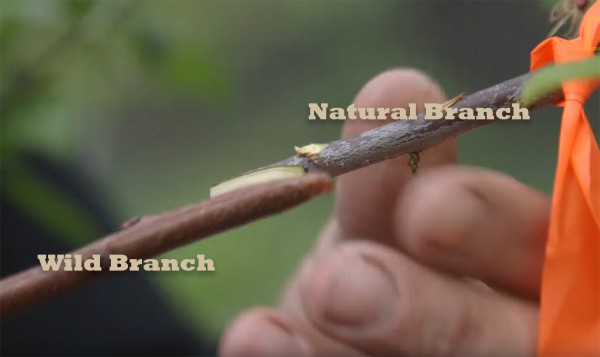
In tree grafting, a “wild” branch from one tree is spliced, inserted into or
strapped to a natural branch of another tree. (Source: National Geographic YouTube capture, text added)
What Does Paul’s Tree Really Represent?
It appears that Paul’s grafting metaphor was somewhat similar to the teaching of an influential sage of his day by the name of Rabbi Eleazar ben Shammua.
Rabbi Eleazar pondered how it could be possible that in Abraham “all the families of the earth shall be blessed [nivrechu].” (Genesis 12:3)
He came up with the answer: by grafting them into the faith of Abraham.
Using a Jewish interpretation method called drash, he looked at the Hebrew word used here for blessed, which is nivrechu. This is a unique form of the verb “to bless” found in Genesis 12:3 and 18:18.
The root of bless in Hebrew is barach. However, using drash, sages relate nivrechu to a different verb mavrich, which means grafted!
Why do they relate one word to a very different word? Using the method of drash, Rabbis would often take a word from Scripture and replace it with another word with a similar root or identical numeric value to illustrate a point or idea.
Rabbi Eleazar no doubt used this method for interpreting Genesis 12:3. In doing so, he expected that the entire earth would one day be blessed by being grafted onto Abraham.
His words are recorded four centuries later in the Talmud (Jewish commentaries):
“What is meant by the text, ‘And in thee shall the families of the earth be blessed?’
“The Holy One, blessed be He, said to Abraham, ‘I have two goodly shoots to engraft on you: Ruth the Moabitess and Naamah the Ammonitess.’ All the families of the earth, even the other families who live on the earth are blessed only for Israel’s sake. All the nations of the earth, even the ships that go from Gaul to Spain are blessed only for Israel’s sake.” (Babylonian Talmud Yevamot 63a)
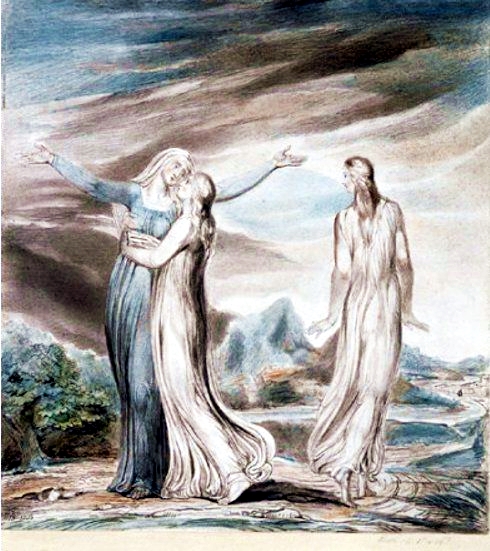
Ruth, the Dutiful Daughter-in-Law, by William Blake, depicts Ruth choosing to go with her mother-in-law Naomi to Bethlehem and make the God of Abraham her God.
Rabbi Eleazar’s idea is not unique. Ever since God took Abraham out of the land of Babylon to become a father of many nations, non-Jewish people have been accepted (grafted) into the faith of Abraham.
Here are some of these “grafted in” Gentiles:
- The Gentile males of Abraham’s household (Genesis 17:27);
- Egyptians and other foreigners who came out of Egypt with the Israelites (Exodus 12:37–38);
- Jethro, the father-in-law of Moses (Exodus 18:9–12);
- Ruth, the Moabite widow, who became the great grandmother of King David (Ruth 1:16); and
- Naamah the Ammonite, the wife of King Solomon (1 Kings 14:21–31; 2 Chronicles 12:13)
To be grafted into the faith of Abraham is to become one with his identity as a Hebrew, including the covenants God made with Him and His descendants. His “covenant” descendants became the Jewish People and the nation of Israel.
So, we can say that the cultivated olive tree comprises those in the nation of Israel who hold fast to the faith of Abraham—those who have faith in the God of Abraham and are part of His kingdom.
Now let’s get a first century look at the wild olive tree.
Grafting in Wild Branches: Gentiles
“Some of these branches from Abraham’s tree―some of the people of Israel―have been broken off. And you Gentiles, who were branches from a wild olive tree, have been grafted in. So now you also receive the blessing God has promised Abraham and His children, sharing in the rich nourishment from the root of God’s special olive tree.” (Romans 11:17 NLT)
How does a non-Jewish person who grew up on a wild olive tree become grafted into Abraham’s cultivated olive tree?
To this day, the Jewish People believe the method is legal rabbinic conversion (for males, this requires circumcision) and observance of Judaism.
For Paul and the apostles, it required faith in and obedience to Messiah Yeshua (Jesus), who is the Word of God.
Paul explained to the Gentiles in Ephesus how they were once far away from the faith, but through Yeshua they have been brought near:
“You were separate from Messiah, excluded from citizenship in Israel and foreigners to the covenants of the promise, without hope and without God in the world. But now in Messiah Yeshua, you who once were far away have been brought near by the blood of Messiah.” (Ephesians 2:12–13)
Paul does not literally mean citizenship of a country; he is speaking in “spiritual terms.” Citizenship in Israel is a spiritual commitment to believe in the God of Abraham and hold fast to his faith by living out the Scriptures entrusted to the Jewish People.
In a practical way, this means celebrating the Jewish Biblical festivals as the first Christians (Gentiles grafted in) did for the first 300 years of Christianity.
And it means respecting God’s Chosen People.
Pruning Gentile Branches
When grafting different species into a tree, arborists have to keep watch that some stronger grafts do not overgrow the weaker ones. Such branches that cause weaknesses to other parts of the tree are pruned back or cut off.
This is why Paul warned the newly grafted Gentile branches that they could be pruned:
“Consider this: You do not support the root, but the root supports you. … Do not be arrogant…. For if God did not spare the natural branches, He will not spare you, either.” (Romans 11:17-21)
Many Gentile Believers over the past 2,000 years have been very arrogant, fueling severe persecution of the Jewish People with many forms of anti-Semitism.
The 16th century Catholic theologian, priest, and reformer Martin Luther, for instance, spoke respectfully of the Jewish people while he tried to “convert them.” But, alas, he had no success.
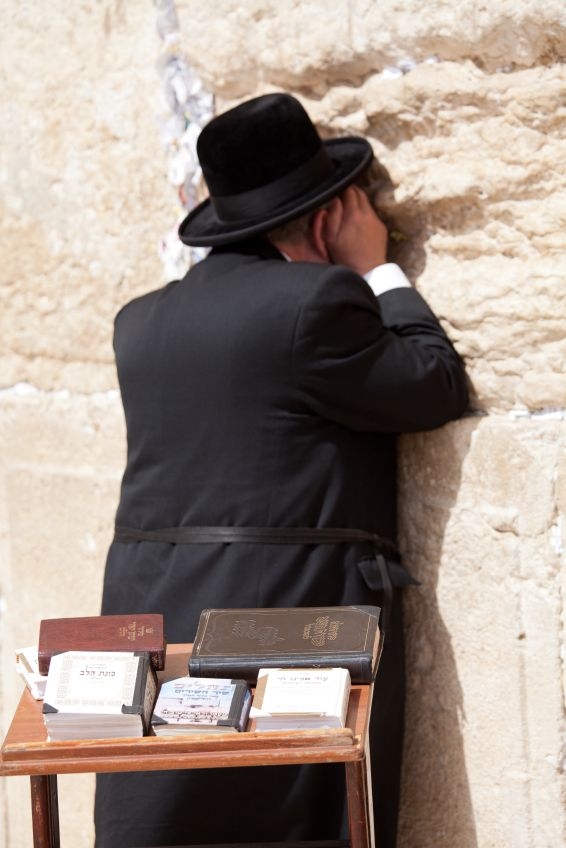
An Orthodox Jewish man worships at the Jerusalem. On the table behind him are prayer books and the Hebrew Bible.
In his later life, he spurred on existing anti-Semitism within “the Church” by promoting violence against the Jews, the torching of their synagogues, and writing the book that Adolf Hitler would use as a foundation stone for his “Final Solution” to exterminate the Jews title, On the Jews and Their Lies (1543).
Before Martin Luther came on the scene, the Church was already killing millions of Jews in the Spanish Inquisitions and widespread pogroms (massacres), in the name of Christ.
That is the main reason why Jewish People cringe and resist the Gospel message when they hear the name, Jesus.
They view Jesus and Christianity as the enemy because half of the Jewish people in the last 2,000 years were wiped out “in the name of Christ.”
Though Pope Francis has denounced anti-Semitism and encouraged congregants to learn about the Jewish roots of their faith, many in Catholic as well as Protestant churches still hold prideful thoughts, believing they are now the chosen people because Jewish people have not accepted Jesus—a belief called Replacement Theology.
Yet, ever since the time of Jesus and the first century Jewish Believers, several thousand Jewish People have believed in Him, though a small number to be sure. Today, approximately 97% of the Jewish people worldwide and 99.9% of the Jewish people in Israel do not believe in Jesus as their Messiah.
However, every day, more and more are hearing about Jesus, whose Jewish name is Yeshua (Salvation), the Jewish Messiah. Some come to faith and are re-grafted into their own olive tree.
Regrafting Natural Jewish Branches: The Jewish People
Quite often, when a Jewish person comes to believe in Yeshua as Messiah, Gentile Believers say that he or she has “converted” to Christianity, or that they are a “converted” Jew. But how can this be?
The Jewish Believer in Yeshua (Jesus) has always been the natural branch. Those who have not believed and now do believe are “grafted back into their own olive tree,” as Paul says:
“For if you were cut from what is by nature a wild olive tree, and grafted, contrary to nature, into a cultivated olive tree, how much more will these, the natural branches, be grafted back into their own olive tree.” (Romans 11:24)
It is the Gentiles (non-Jews) who are the “wild” branches and must always be grafted into the cultivated olive tree of the Abrahamic faith.
Remember that Christianity evolved over the past 2,000 years as a manmade religion with several thousand Christian denominations worldwide. However, it originated with the faith of Abraham and the Word of God given to the Jewish People, which pointed to the Jewish Messiah Yeshua (Jesus), and He shows us all how to become a part of the kingdom of God.
God welcomes the Gentiles to come into His kingdom.
So, Jews don’t convert to anything when they follow Yeshua, their Messiah, nor have they changed their God-given responsibility to His covenants. They simply become restored through teshuvah, which means repentance or returning to their original source of life—the Word of God.
His Word throughout the Hebrew Scriptures points to Messiah and to the faith of the covenants God made with the Jewish people through Abraham, Moses, and David.
Even in the Brit Chadashah (New Testament), the Greek word that is sometimes translated as “convert” is epistrephó, which means to turn back.
It was this turning back that Yeshua earnestly proclaimed throughout Israel:
“Repent [turn back], for the Kingdom of heaven has drawn near.” (Matthew 3:2)
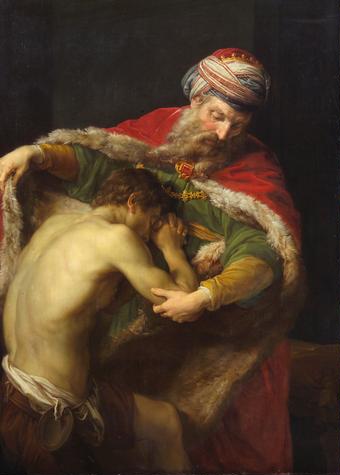
The Return of the Prodigal Son (1773), by Pompeo Batoni, depicts the return of a wayward Jewish son to his father, who accepts him back into his own wealthy estate.
On Becoming Holy Branches
Once a grafted branch is growing on the tree, the sap of the common root nourishes it along with the original olive branches—Jew and Gentile are now growing together as one.
Since the root of the tree is holy, the branches are supposed to be holy, too (Romans 11:16).
Yet, we all know of people who say they are connected to this holy root, but they don’t seem holy. So how do we know that we, as branches (either grafted in or natural), are truly holy?
If we stay firmly committed to serving the God of Abraham, rely on His Ruach (Spirit), and cling to our Messiah Yeshua as our salvation, Paul says we will produce sweet healthy fruit, demonstrated in our lives as “love, joy, peace, forbearance, kindness, goodness, faithfulness, gentleness and self-control.” (Galatians 5:22–23)
Let us take time out of our busy lives to examine our fruit.




